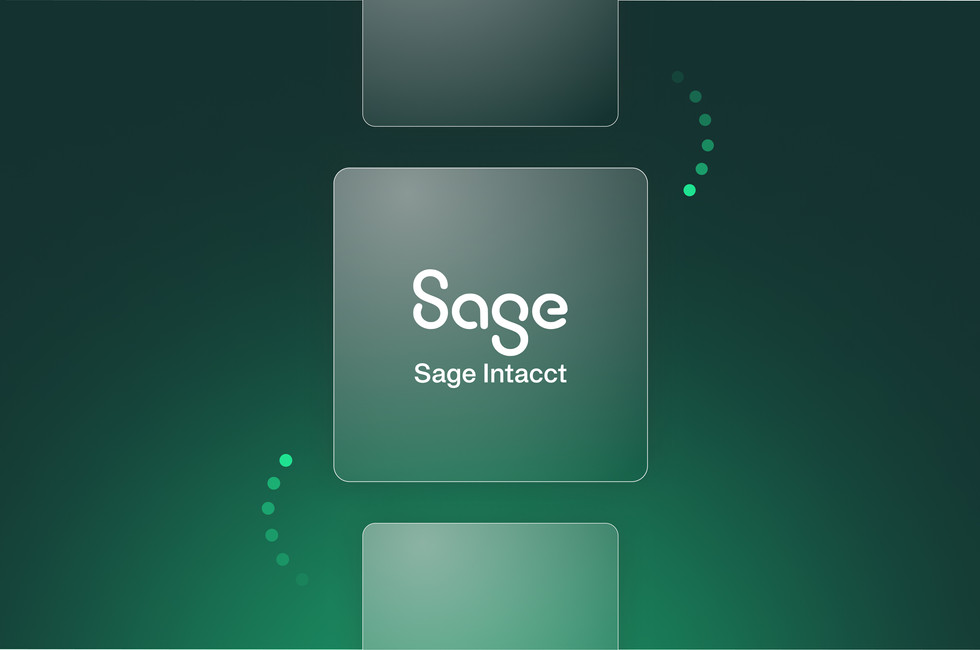
How to enhance data insights: Custom expense fields & categories



Getting set for 2025 without custom expense categorization? You'll miss out on game-changing insights if you don't use custom expense fields and categories within your spend management processes. Picture this: easily pulling out expense data for a single department, spotting wasteful spending, and pinpointing inefficiencies quickly. Here's how and why custom expense fields and categories will transform your data analysis and drive more intelligent decision-making.
By submitting this form, you agree to receive emails about our products and services per our Privacy Policy.
It's 2025, and you need your expense tracking system to work for your organization's specific needs. That means being able to customize~~~~ things like expense fields or expense categories. You need access to data that's going to drive real change in your organization, and the best way to ensure this data is accurate and granular is to use custom expense fields and expense categorization.
No two businesses are the same, so the first step towards better data insights and spend management is an expense management system that works for you on a granular level.

The role of custom expense fields and categorization in data analysis
Categorising your expenses into broad groups like operational, capital, or ‘miscellaneous’ is a good start towards better data analysis — but it’s not enough if you want truly detailed insights into how your organization spends.
That’s where custom expense categories and custom fields come in. For example, creating fields that reflect your organizational structure — such as categorizing expenses by department or location — allows you to pinpoint precisely where and how your teams spend, highlighting unnecessary spending patterns and giving you a clearer picture of where to optimize costs at a departmental level.
On the other hand, having fields like project ID or location also makes it easier to analyze spending in greater depth. Knowing, for instance, which expenses contribute most to a particular project can empower you to adjust and optimize your project budgets moving forward.
Without this level of customization? You’ll be stuck manually sifting through expense data, trying to compare, identify patterns, and uncover insights.
The good news is... you can customize expense fields and categories with a spend management solution like ours at Payhawk. Our solution automatically reconciles your accounts with your ERP via smart integrations, pulling through your master data to make data analysis both effortless and seamless across systems.
How custom expense fields and categories improve data analysis
Customizing your expense fields gives you unparalleled control over spend. Here are four main benefits of using features like this in expense management:
1. Improved accuracy in expense reporting
By customizing expense fields and categories, you have better control over your data; you can generate more detailed reports, which means you can spot spending patterns and reallocate resources and team budgets for specific projects.
2. Enhanced budget forecasting
Knowing exactly what you've spent and who's spent it makes budgeting a lot easier. You have better insight into spend, broken down by however you want to categorize it, i.e., by department, GL code, or any custom field. So you can adequately manage cash flow and forecast for long-term growth.
3. Easier identification of tax-deductible expenses
By categorizing and sub-categorizing expenses, you can easily note which expenses are tax deductible and which aren't. This streamlined process ensures your tax bill is accurate and you're not paying HMRC over the odds.
For example, German automotive giant ATU improved reconciliation and saved over £2 million from the tax office by simply implementing digital expense reporting for managers via Payhawk. After taking a picture of the receipt or invoice, data is automatically pulled into the spend management system, reconciling transactions in real time.
4. Better visibility into departmental spending
If you notice one particular department is spending more than others, you can investigate their spending easily by categorizing and exporting the data for closer examination. These insights help you quickly identify suspicious activity and nip unnecessary spending to protect budgets.
So, if you have multiple departments, locations, or venues, like State of Play Hospitality (Flight Club, Bounce, and more), being able to customize how you split and analyze spend is essential. Andrew Jacobi, VP of US Finance at State of Play Hospitality, says:
We rely on the customizable class settings within Payhawk to distinguish between venues and analyze performance. Whether it's categorising between venues or categorising it into the right general ledger code, it's extremely helpful in terms of how we allocate spend.
Best practices for implementing custom expense fields and categories
To get the most out of custom expense fields, it's not just about setting them up — it's about managing them effectively. From making it easier for employees to categorize expenses correctly to ensure your system stays up-to-date as your business evolves, there are a few best practices that can help maximize the value of your data. Here's how to keep your expense fields working hard for your business:
- Make it easy for employees to choose the right custom fields. It's all well and good to introduce these custom fields, but if your employees don't categorise expenses correctly, your data won't generate as much value as it could have. Having a system that allows you to set up user-friendly names that automatically map to the right general ledger accounts is crucial.
- Regularly review your expense fields. If you're a scaling business, you'll need to create new teams and hire more employees, so your fields and categories will need to change. Build a regular review cycle into your calendar, address changes, and make amends to keep it working as smoothly as possible. And choose a system that integrates with your ERP correctly so you only have to make those changes once.
- Integrate your spend management with accounting software. By integrating your systems, you remove any chances of duplicate or missing transactions, all data is accurate, and everyone is accessing a single source of information, which is crucial when making strategic business decisions.
- Use the data you get to make actionable decisions. Being able to access this data is essential, but it's what you do with your findings that matters most. Accurate data gives you the power to make confident, well-informed decisions to set your business up for success both with short-term and long-term focus — so use it.
And don't forget the big and vital step before you create your expense categories: Managing your master data (including across multiple entities).
How to manage master data and custom fields across multiple entities
- With Payhawk, you can centralize and consolidate your master data and custom fields at a group level to ensure accurate, aligned data across all entities. By managing everything in one place, you'll also make change management much simpler.
- Plus, with our group-level ERP integrations, you can integrate your ERP for all your entities at the same time. This seamless integration means your master data syncs automatically between the two systems, making it easier than ever for your team to process expenses quickly and breeze through the month-end.
- Next, apply your customization as above.
How to set up custom expense fields and categories in Payhawk
At Payhawk, our platform offers a list of built-in expense fields, including category, document date, document type, supplier, and team. You can also create unlimited custom fields for deeper levels of analysis and reporting. You can also assign visibility settings and add requirements to mandate field filling upon submission or review.
Creating custom expense fields in Payhawk is quick and straightforward; here's how it looks for our customers:
- Log in to the Payhawk portal
- Go to Settings > Expense fields > Custom fields
- Click on "+ Add custom field" to create a new field
- Define the label, external ID, and managers for the custom field
- Set visibility, submission requirements, and automatic population options as needed
Creating custom categories is just as straightforward:
- Go to Settings > Expense fields > Built-in fields > Categories
- Click on "+ Add category"
- Enter the name of the new category and its account code
- Optionally, add a default tax rate (you need to create a tax rate expense field first)
- Click "Save"
There are plenty of other options for customization, including choosing category managers for custom approval flows and creating supplier-specific categories. So, for any category you create and assign to a particular supplier, any expenses matched to that supplier will automatically have these values applied.
Learn more about our custom expense fields in this story from global events company, GDS Group or request a personalized demo to see them in action.
Trish Toovey works across the UK and US markets to craft content at Payhawk. Covering anything from ad copy to video scripting, Trish leans on a super varied background in copy and content creation for the finance, fashion, and travel industries.
Related Articles


Why you should integrate Dynamics 365 Business Central with Payhawk

